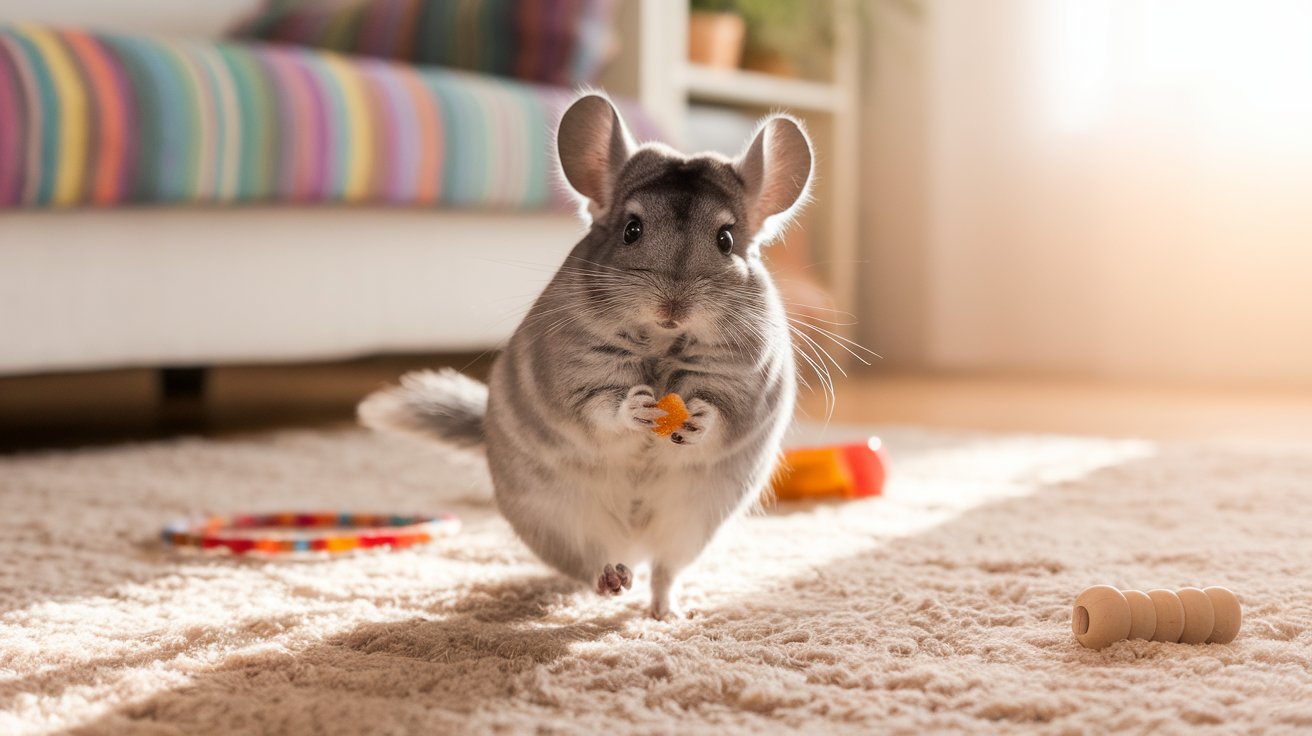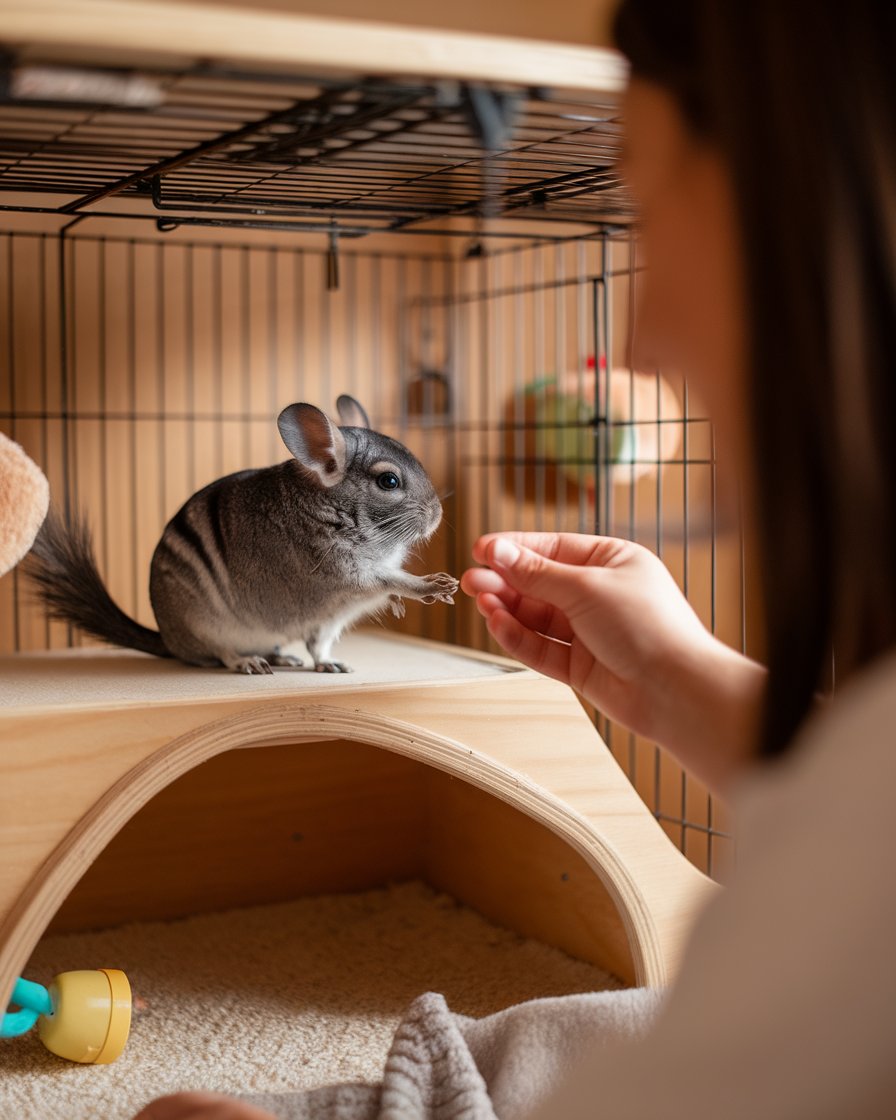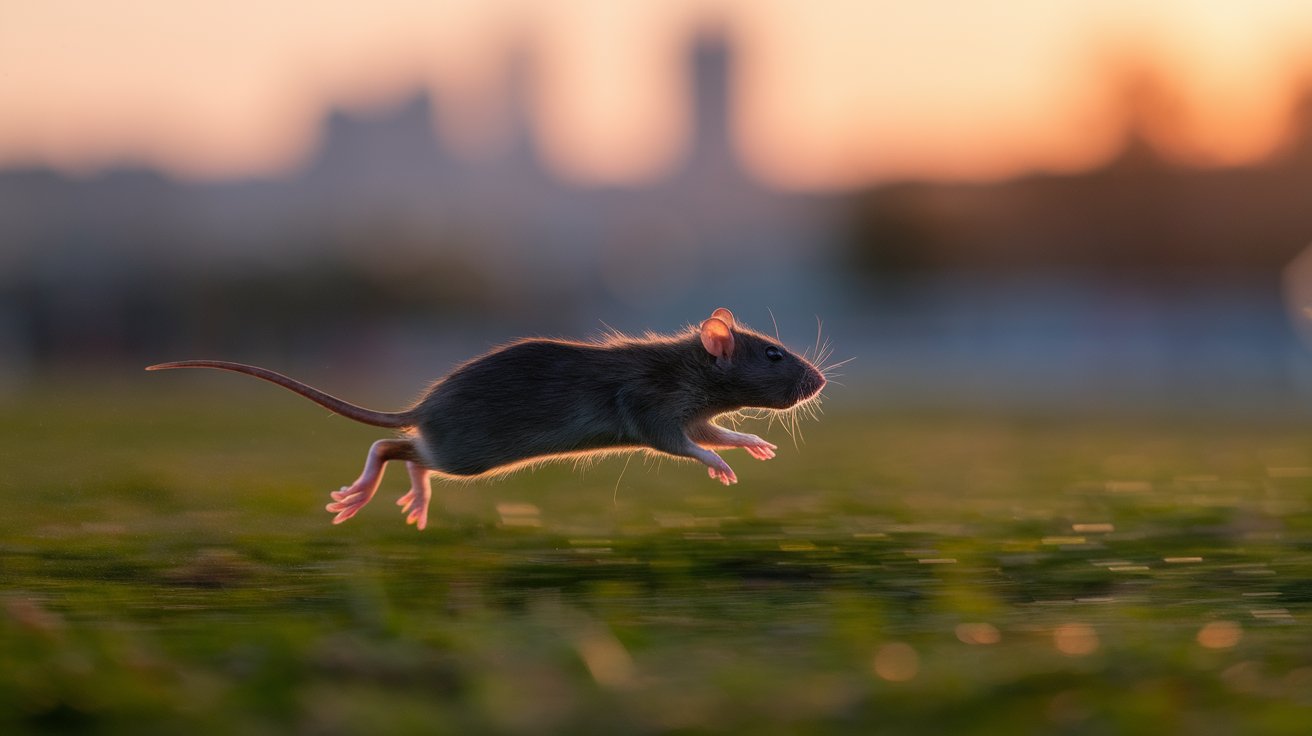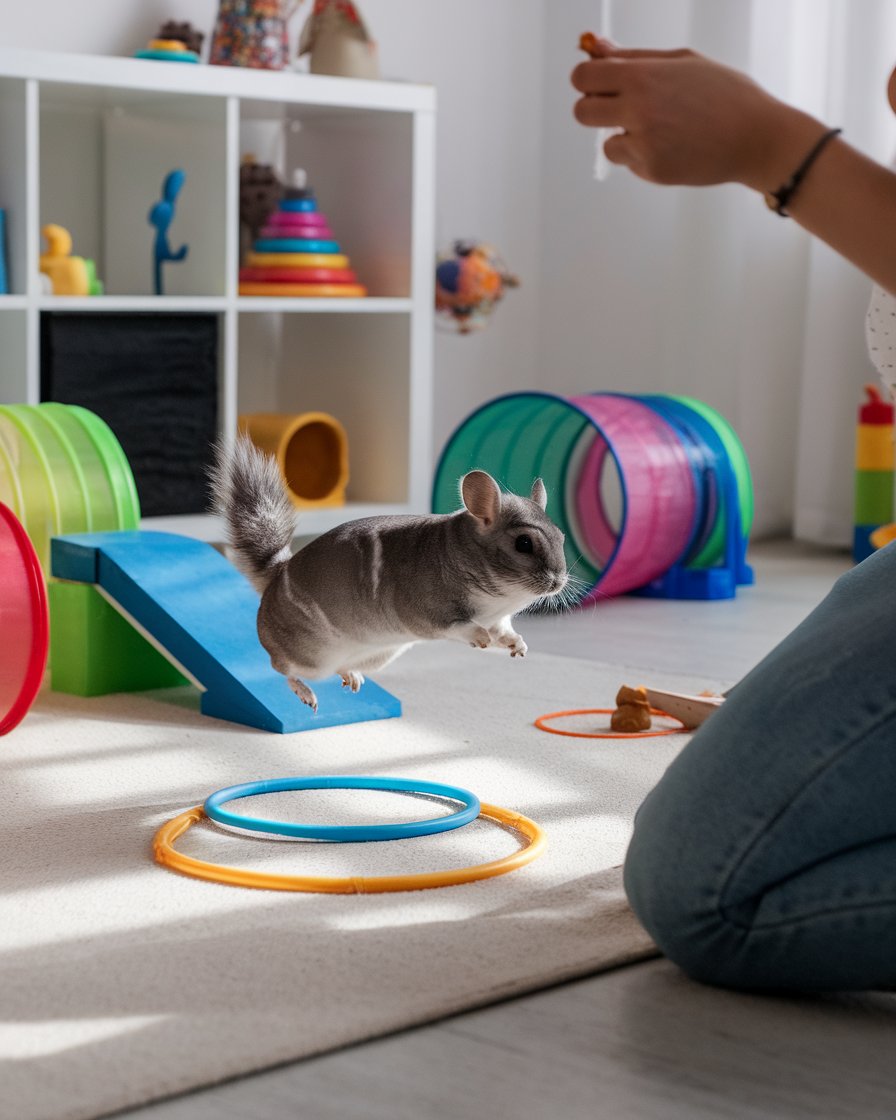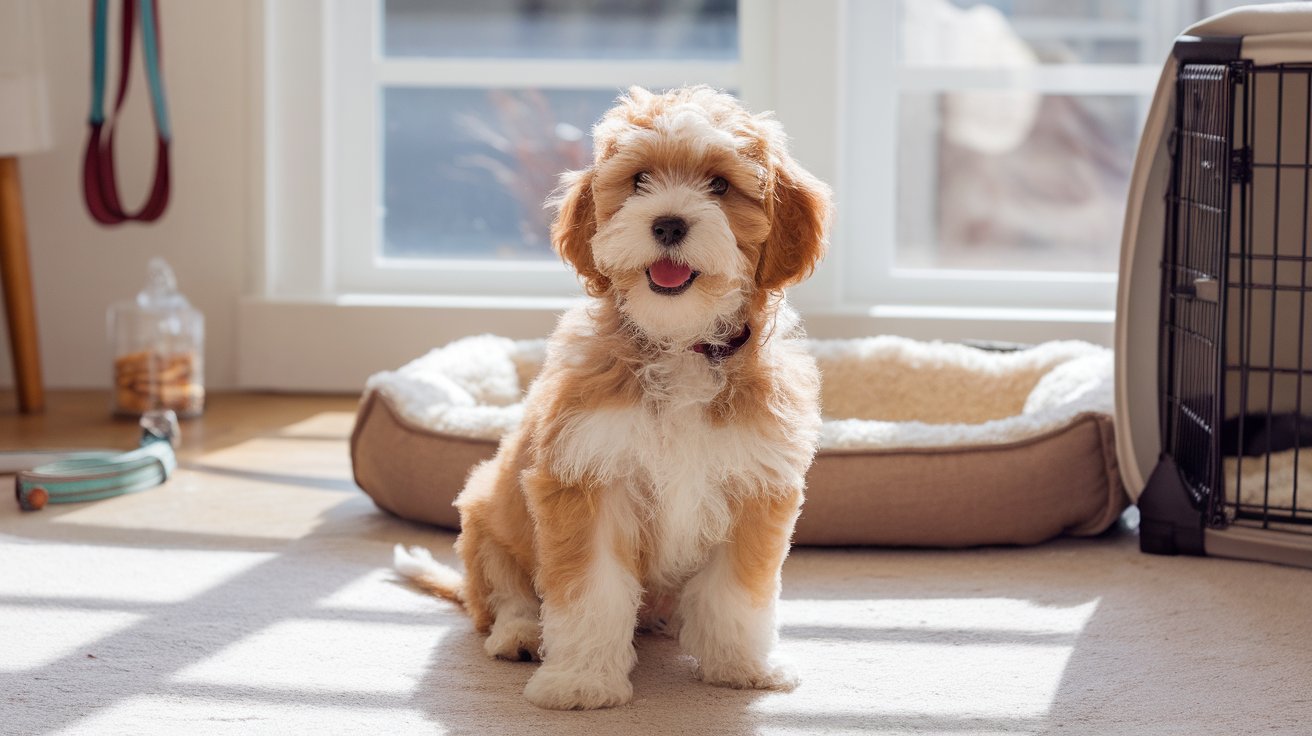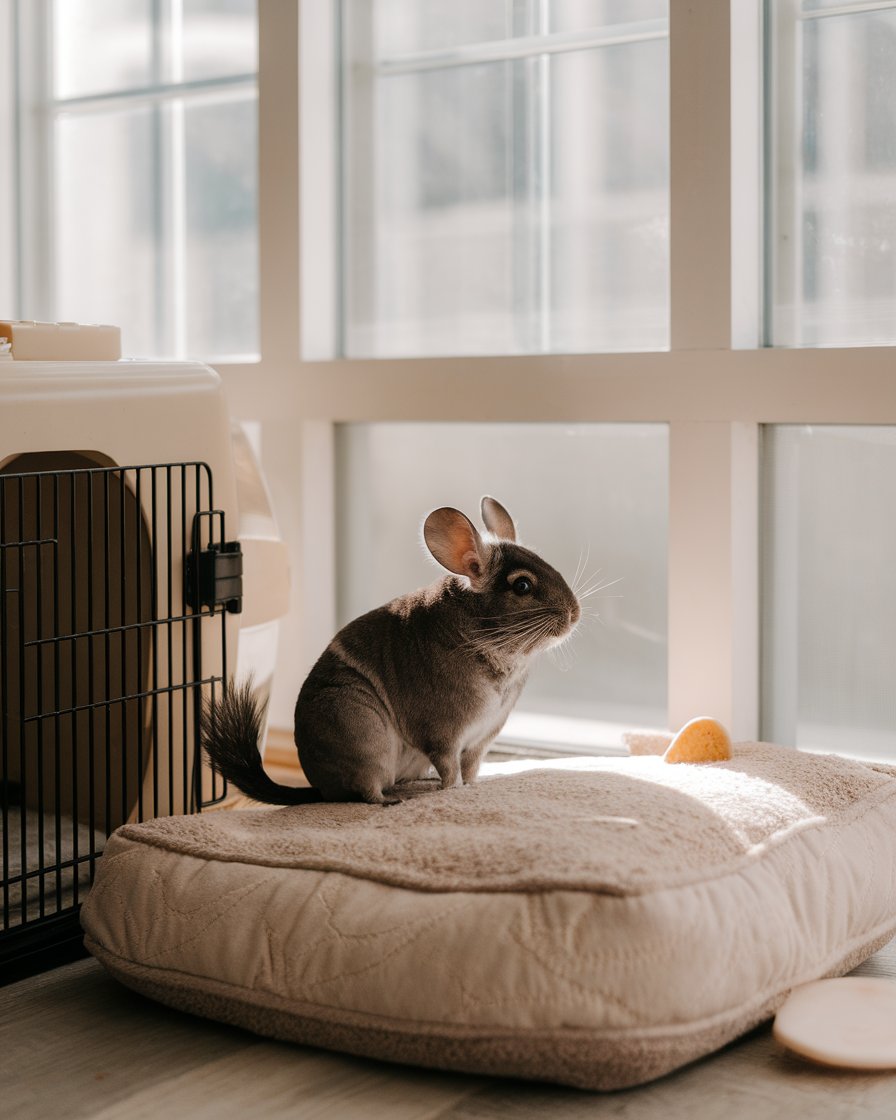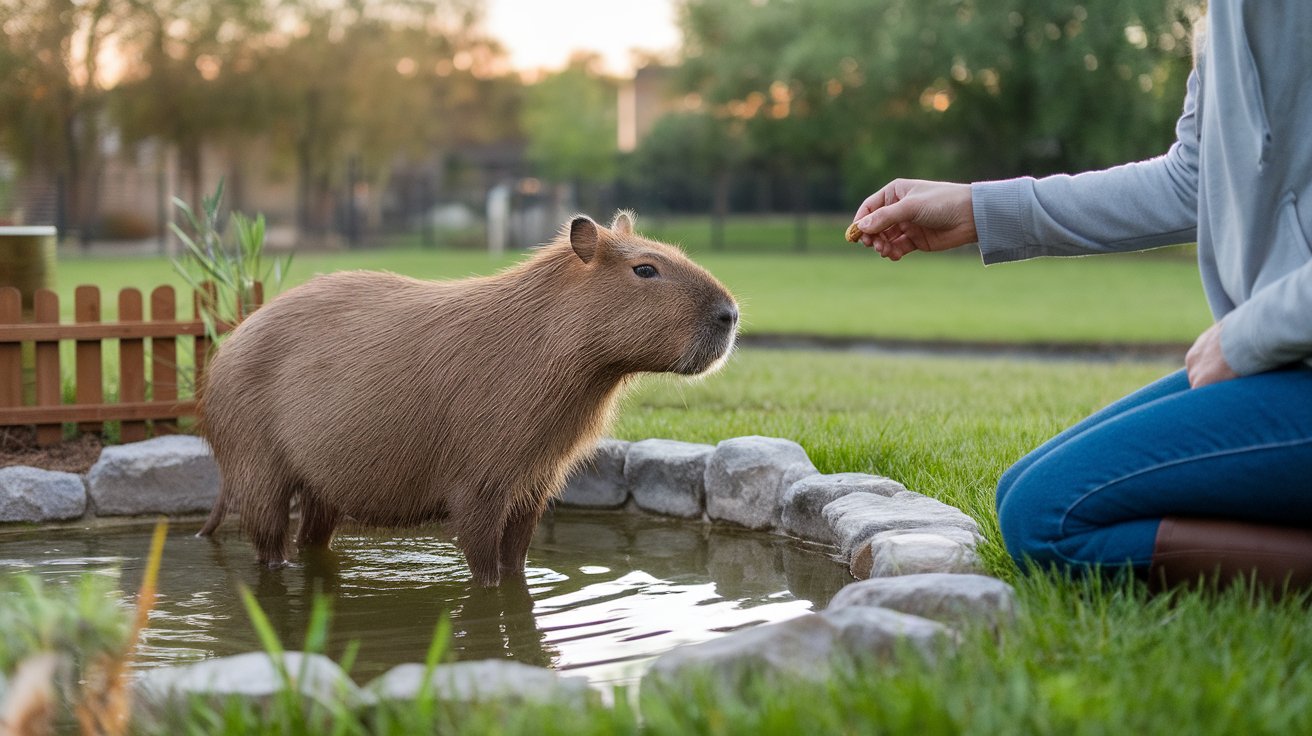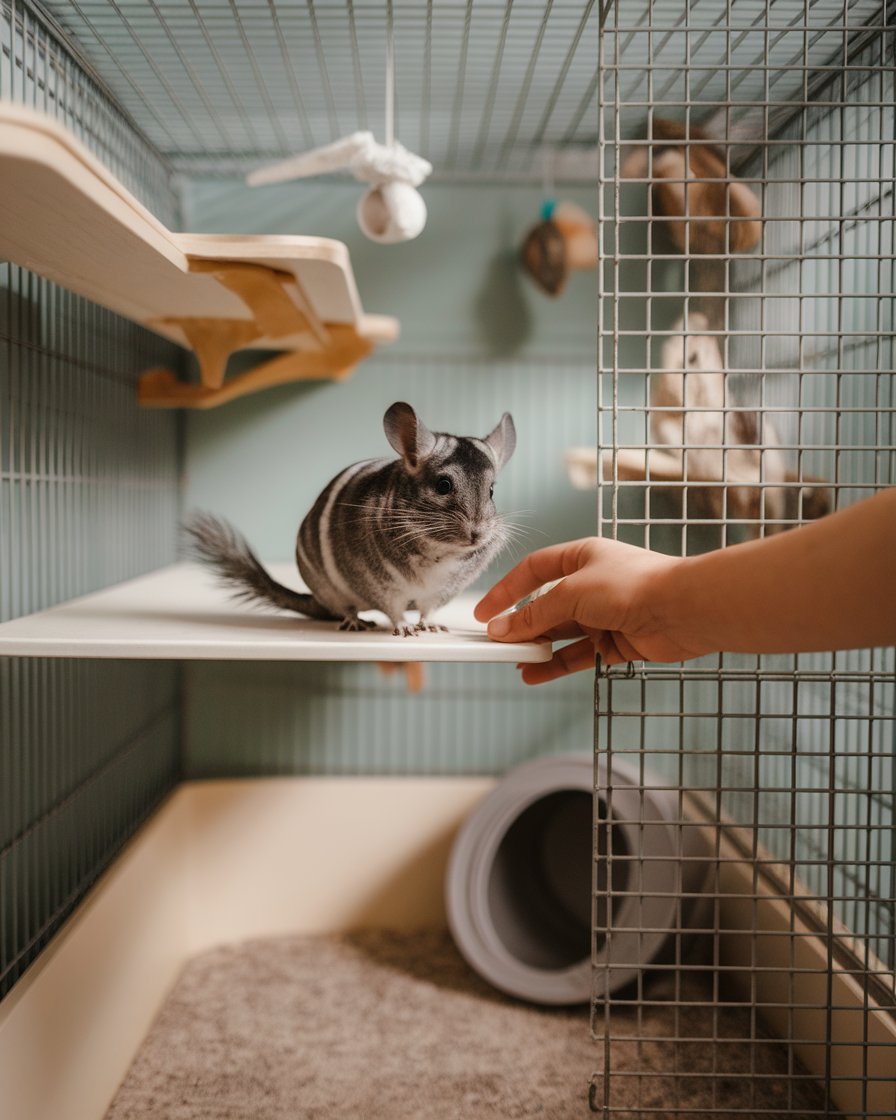Introduction
Training a chinchilla may seem tricky at first, but with patience and the right approach, these intelligent rodents can learn valuable behaviors. Whether you’ve just decided to get a chinchilla or have owned one for a while, it’s important to remember that positive reinforcement is key to success. By using the right treats and consistent cues, your chinchilla will eventually learn commands such as coming when called or using a litter box. Start small, as chinchillas can be cautious creatures, but they’ll quickly adjust with time and practice.
Beyond basic commands, chinchillas are creatures of habit, which can make litter box training easier than you might expect. Setting up a chinchilla’s litter box in a familiar corner of their cage can help establish good habits. Each time they urinate in a litter box, rewarding them with a small treat will reinforce this behavior. Over time, you’ll find that training your chinchilla simplifies daily care, making them more comfortable around their cage and with you.
Key Takeaways
- Chinchillas can be trained with patience and positive reinforcement, though they may take longer to adjust compared to other pets.
- Using treats and consistent cues helps chinchillas learn basic commands like coming when called.
- Training provides safety benefits by teaching chinchillas not to chew on harmful materials or escape their cage.
- Chinchillas can learn playful tricks such as rolling over or jumping, which strengthens their bond with their owner.
- Litter box training is highly practical, making it easier to maintain a clean and organized space for your chinchilla.
- Regular handling and training sessions help build trust and improve overall interaction between the chinchilla and its owner.
Can Chinchillas Be Trained?
Chinchillas, like many small animals, are intelligent and can be trained with patience and consistency. These furry friends may not be as easy to train as a dog or cat, but they can learn basic commands and behaviors. It’s important to remember that chinchillas are prey animals, so they may be more cautious and take longer to trust their owner. Training a chinchilla is best done through positive reinforcement, using treats and gentle handling to encourage desirable behaviors. Whether you’re teaching your chinchilla to come when called or helping them get used to being handled, regular interaction and understanding their instincts are key.
How to Train Your Chinchilla: A Handle Pet Care Guide
Start with Building Trust
Before beginning any training, it’s crucial to build trust with your chinchilla. These small animals are prey animals by nature, so they may be cautious or fearful at first. Gently handling your pet for short periods daily helps them feel more secure. Over time, your chinchilla will get comfortable with your presence, which lays the foundation for successful training.Use Positive Reinforcement
Positive reinforcement is key when training your chinchilla. Whether you are teaching them to respond to their name or to come when called, using chinchilla-safe treats as rewards encourages desirable behavior. The more you associate a behavior with a treat or verbal praise, the quicker they will learn to repeat it.Teach Basic Commands
Chinchillas can be trained to follow basic commands, such as “come” or “stop.” Repetition is critical, and each time your chinchilla performs the desired action, reward them immediately. Begin with simple commands and gradually introduce more complex ones as they become more responsive.Prevent Undesirable Behaviors
Training also serves as a preventive tool for undesirable behaviors. Chinchillas love to chew, but it’s important to teach them what is safe to chew and what is not. Providing alternatives, like chinchilla-safe toys or bedding, can help avoid damage to their cage or your home.Litter Box Training
Chinchillas can be litter box trained with patience and consistency. Start by placing a small litter box in a corner of their cage where they naturally tend to relieve themselves. Reward them each time they use the box to reinforce the behavior, making cleanup much easier in the long run.Consistency is Key
As with all training, consistency is essential. Chinchillas learn through repetition, so make sure to practice commands daily and keep the sessions short and positive. Over time, your chinchilla will not only be trained but will also trust you more, making them easier to handle and care for.
Basic Commands for Chinchillas
Training chinchillas to respond to basic commands, like coming to you when called, is achievable with consistent practice. By associating their name or a command with a treat, your chinchilla will eventually learn to come to you when prompted. Holding a treat near their palm or chin, while calling their name, can tempt them to approach. It’s important to use small, chinchilla-safe treats, as giving too many can lead to undesirable habits. Many owners find that their chinchilla will need time to feel comfortable with commands, but with persistence, chinchillas can learn their names and even perform simple tricks.
Training Chinchillas for Safety
Training your chinchilla also has safety benefits, such as preventing them from chewing on harmful materials or climbing out of their cage. For example, you can teach them not to chew on wires or dangerous objects by providing safe alternatives, like chinchilla-safe bedding or toys. This helps ensure their well-being and prevents accidents. Regular handling, done gently, can also make your chinchilla more comfortable around you and less likely to bite or feel stressed. Ensuring they associate training with positive experiences is key to building a trusting and happy relationship.
Teaching Tricks to Chinchillas
Chinchillas are intelligent animals that can be taught various tricks with patience and the right approach. Like other small pets, chinchillas respond best to positive reinforcement, which means rewarding them with treats when they complete a task correctly. Teaching your chinchilla tricks not only keeps them mentally stimulated but also strengthens your bond with them. Whether it’s getting them to come when called or learning to roll over, these playful exercises can be fun for both you and your chinchilla. Start with simple tricks and gradually build up to more complex ones, ensuring your pet is comfortable and enjoying the process throughout.
Case Study: Training a Chinchilla to Perform Tricks
A chinchilla owner, Sarah, shared her experience of teaching her pet chinchilla, Gizmo, to perform tricks using positive reinforcement. She began by getting Gizmo comfortable with her presence and used treats to encourage him to approach her when called. Starting small, she introduced basic commands like hopping onto her hand. Over time, Sarah gradually increased the complexity of the tricks, introducing tasks such as rolling over and jumping through small hoops.
Sarah found that practicing daily for short periods allowed Gizmo to stay engaged without becoming overwhelmed. The key to her success was using chinchilla-safe treats and maintaining consistency. Within two months, Gizmo had learned to perform a series of tricks, strengthening their bond. Sarah’s case highlights how positive reinforcement and patience can result in both practical and playful outcomes when training a chinchilla.
Specific Tricks for Chinchillas
Chinchillas can learn tricks like rolling over, standing on their hind legs, or jumping through small hoops. Using treats as a motivator is key to teaching them these commands. Begin with simpler tasks like getting your chinchilla to come when called or hop onto your palm. Slowly progress to tricks that engage their agility, like jumping or navigating obstacles. It’s important to use chinchilla-safe treats and avoid overfeeding, as many treats could lead to unhealthy habits. Practice regularly, but keep sessions short to prevent overwhelming your pet. With time, your chinchilla will believe learning tricks is fun, creating an engaging and active lifestyle.
Practical Uses of Training
Aside from tricks, training chinchillas can have practical benefits. Teaching them to use a litter box is incredibly useful, as it simplifies cleaning and keeps their living space tidy. Place the litter box in a familiar spot, encouraging your chinchilla to urinate in a designated area. Regular handling sessions also help them feel more comfortable around you, reducing stress and the likelihood of bites. Establishing routines, such as toileting or dust bathing, ensures they stay healthy and content. Involving your chinchilla in regular, rewarding training activities boosts their confidence and creates a harmonious environment for both pet and owner.
Teaching Chinchillas to Respond to Their Names
Chinchillas are intelligent and can be trained to recognize and respond to their names with patience and consistency. Training a new chinchilla requires a gentle approach, as these small animals can be cautious at first. The key is to associate their name with something positive, like a treat or a favorite toy, so they begin to link the sound of their name with rewards. This process is gradual, and while it may take some time, chinchillas will instinctively learn to come when called. Regular practice and patience are essential, as building this connection strengthens the bond between the pet and its owner.
Associating Names with Rewards
One of the most effective ways to teach your chinchilla to respond to their name is through positive reinforcement. Start by calling their name in a calm and consistent tone, immediately offering a small, tasty treat when they approach. Over time, your chinchilla will associate the sound of their name with something rewarding. You can also try moving treats around the cage or playpen, encouraging them to come when called. It’s best to keep training sessions short but frequent, repeating the name several times a week to reinforce the connection. As your chinchilla becomes comfortable with the routine, you can reduce the treat frequency and rely more on verbal praise.
Enhancing Bond through Training
Training your chinchilla to respond to their name not only teaches a valuable skill but also strengthens the bond between you and your pet. Regular interaction helps your chinchilla become more comfortable around you, minimizing stress and making them easier to handle. Through consistent training, they’ll gradually learn to trust you, making handling and care tasks, like using the litter box or cleaning their cage, much easier. Engaging with your chinchilla each day builds this trust, turning training into a form of communication. Over time, this positive interaction enhances your relationship, creating a more enjoyable and harmonious environment for both pet and owner.
“Patience is not simply the ability to wait – it’s how we behave while we’re waiting.” – Joyce Meyer
Behavior Training for Chinchillas
Chinchillas are highly intelligent, and with patience, they can be trained to follow certain behaviors. Behavior training starts with building trust between the owner and the chinchilla. It’s essential to handle your chinchilla gently, making sure they feel comfortable and secure. Training should be approached with positive reinforcement, rewarding the chinchilla for good behavior, whether it’s learning to use the litter box or coming when called. Over time, chinchillas will associate these actions with rewards, making the training process smoother. Remember, chinchillas may take time to adjust, so consistent practice is key to their success.
Simple Commands and Tricks
Chinchillas can learn simple commands like “come” or “stop,” similar to how rabbits and other small pets respond. Owners should begin training by calling the chinchilla’s name while offering a small treat. Over time, this repetition helps the chinchilla recognize its name and associate it with rewards, making them more comfortable coming to you when called. Once your chinchilla responds well to basic commands, you can introduce more playful tricks, such as hopping onto your palm or rolling over. Training sessions should be short, engaging, and fun, as chinchillas are more likely to learn when they’re relaxed and comfortable.
Litter Box Training Techniques
Litter box training is one of the most practical behaviors you can teach your chinchilla. Start by placing a litter box in a specific corner of their cage and observe where they prefer to urinate. Chinchillas tend to be creatures of habit, so placing the box in their preferred spot will increase the chances of success. Every time your chinchilla uses the litter box, reward them with a small treat or gentle praise. With consistent training, your chinchilla will learn to associate the box with bathroom behavior, easing the cleanup process and helping keep their cage tidy. Proper training can lead to a cleaner, happier environment for both you and your chinchilla.
Conclusion
Training a chinchilla is a rewarding experience that strengthens the bond between you and your pet while teaching them valuable skills. Whether it’s learning to use a chinchilla litter box or responding to their name, the key to success is consistency and patience. One chinchilla may take longer to adapt than another, but by using positive reinforcement and the right approach, your pet will gradually become more comfortable and responsive. Regular interaction helps your chinchilla feel secure, whether you’re teaching them basic commands or handling them gently.
Incorporating daily training sessions, like litter box training or name recognition, makes life easier for both you and your chinchilla. Over time, your pet will associate good behavior with rewards, whether it’s a tasty treat or gentle praise. With practice, your chinchilla will come when called, and using a cat litter box will become second nature. It’s also important to consult a vet if needed, ensuring that your chinchilla remains healthy and comfortable throughout the training process.

